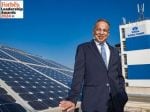KP Energy wants a slice of India's ambitious renewables energy pie
When Faruk Patel started KP Group in 1994, the Surat-based company built mobile towers. Today, led by subsidiaries KP Energy and KPI Green Energy, it is aiming to significantly contribute to India's ambitious renewable energy targets
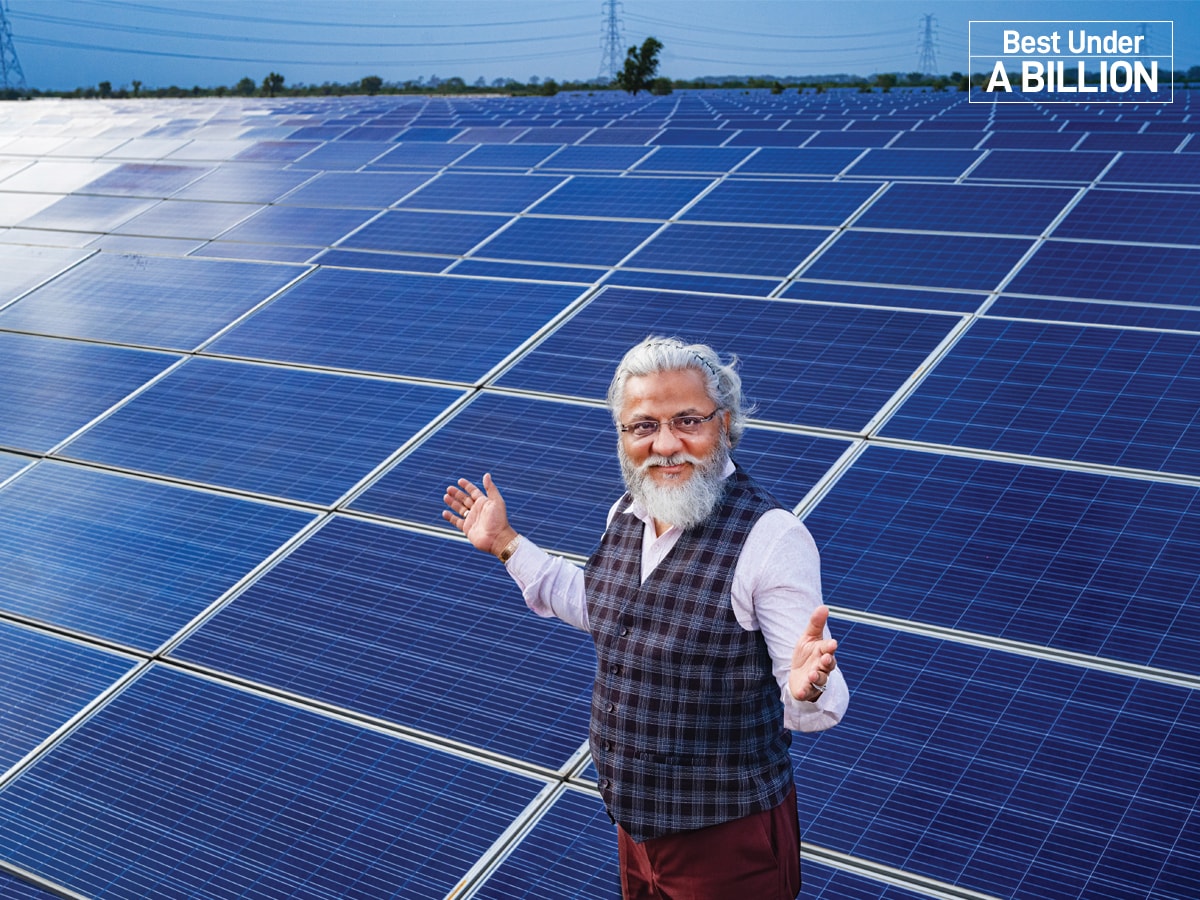 Faruk G Patel, chairman and managing director, KP Group
Faruk G Patel, chairman and managing director, KP Group
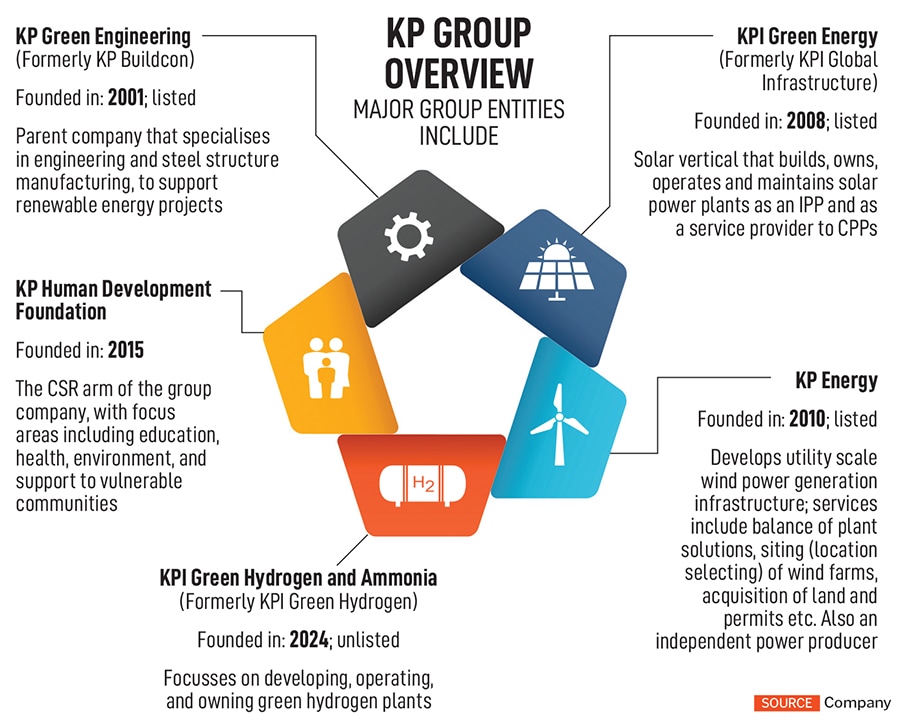
India has built around 200 GW of the 500 GW target capacity so far, which means building an additional capacity of nearly 50 GW every year. According to Mishra, the rate of transition to renewables will be faster in the private sector, which at present, comprises around 52 percent of India’s total power generation capacity.It is a tall order, and if you ask entrepreneurs like Patel, a good business opportunity. “Out of 500 GW, we want to contribute at least 10 GW non-fossil fuel capacity. We’ll be happy that at least 2 percent of the target has come from us,” he says. “We want to install 5 GW of this capacity before 2028.” If Patel’s vision seems audacious, he says it’s not without setting what he calls achievable milestones for his team of 1,100 employees. Setting sights on bigger and better things in life is something he has had to do ever since he was a kid. He was born in 1972 in a village called Saladra in the Bharuch district of Gujarat. His father, a native of Tralsa Kothi village who was a bus conductor in the Gujarat State Road Transport Corporation (GSRTC), was transferred to Surat when Patel was two years old.
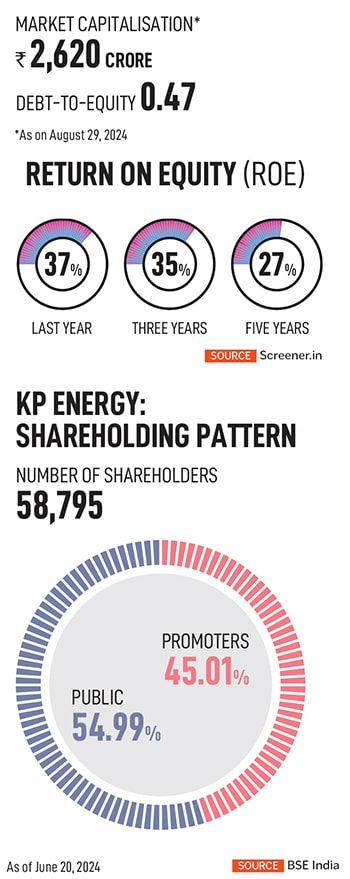 His father, who earned around Rs700 a month, could only afford to send him to a Gujarati-medium government school. Patel studied hard and was known to be a bright student, which led to a teacher convincing his parents to send him to a private school, the VD Desai (Wadiwala) School, where he studied till Class 12. “I was possibly the poorest kid there,” Patel recalls, saying that exposure received in the school made him more self-assured.
He started with doing odd jobs before joining the Man-Made Textile Research Association in 1990. He was 18 years old when he rented a shop to sell dress material. A year later, he went to England in 1991 in the hope of earning more money to support his family, and worked in a quick-service pizza restaurant there. All the while, he says, he was nursing an ambition to be an entrepreneur, and returned to Surat in 1993 to start working in the construction industry, supplying building materials to factories.
This experience was the cornerstone for him to set up the KP Group in 1994 with his savings of Rs1 lakh. Under KP Buildcon (now called KP Green Engineering; listed in the SME platform of the BSE this March), he started taking contracts for constructing mobile towers. “By 2006, we were in 16 states in India, with clients like Reliance, Indus, Vodafone, Airtel,” Patel says. He also bought a factory in the Vadodara district for fabrication of mobile towers.
Then, when business was hit by the 2007-08 recession and there was turmoil in the telecom industry due to the 2G spectrum scam, Patel knew it was time for a reset. He decided to enter the renewable energy business. He did not know much about it, he says, and learned on-the-go. “I realised it’s just basic management—you have to source components from different places, put them together and generate energy. You don’t need any coal, diesel or gas. Once you put up a plant, nature will generate energy for years,” he says, adding that in a country like India that has a shortage of skilled labour, a business like this could generate employment without demanding high level of skills.
The renewable energy business model would stand on a few key pillars: Being an IPP, and developing captive power plants (CPP), where the company runs a renewable energy project for a third-party company. Apart from this, there is the revenue from providing the balance of plant infrastructure, and operations and maintenance.
Patel established KPI Green Energy in 2008, followed by KP Energy in 2010. The former, the solar vertical, is the bigger cash cow for the group today. It recently achieved zero-debt status as per a regulatory filing, and reported a 98 percent year-on-year surge in profit at Rs66.10 crore in the quarter ended June 2024, up from Rs33.3 crore in the same quarter last year. As per the BSE on August 29, KPI Green Energy has a market capitalisation of around Rs11,300 crore.
His father, who earned around Rs700 a month, could only afford to send him to a Gujarati-medium government school. Patel studied hard and was known to be a bright student, which led to a teacher convincing his parents to send him to a private school, the VD Desai (Wadiwala) School, where he studied till Class 12. “I was possibly the poorest kid there,” Patel recalls, saying that exposure received in the school made him more self-assured.
He started with doing odd jobs before joining the Man-Made Textile Research Association in 1990. He was 18 years old when he rented a shop to sell dress material. A year later, he went to England in 1991 in the hope of earning more money to support his family, and worked in a quick-service pizza restaurant there. All the while, he says, he was nursing an ambition to be an entrepreneur, and returned to Surat in 1993 to start working in the construction industry, supplying building materials to factories.
This experience was the cornerstone for him to set up the KP Group in 1994 with his savings of Rs1 lakh. Under KP Buildcon (now called KP Green Engineering; listed in the SME platform of the BSE this March), he started taking contracts for constructing mobile towers. “By 2006, we were in 16 states in India, with clients like Reliance, Indus, Vodafone, Airtel,” Patel says. He also bought a factory in the Vadodara district for fabrication of mobile towers.
Then, when business was hit by the 2007-08 recession and there was turmoil in the telecom industry due to the 2G spectrum scam, Patel knew it was time for a reset. He decided to enter the renewable energy business. He did not know much about it, he says, and learned on-the-go. “I realised it’s just basic management—you have to source components from different places, put them together and generate energy. You don’t need any coal, diesel or gas. Once you put up a plant, nature will generate energy for years,” he says, adding that in a country like India that has a shortage of skilled labour, a business like this could generate employment without demanding high level of skills.
The renewable energy business model would stand on a few key pillars: Being an IPP, and developing captive power plants (CPP), where the company runs a renewable energy project for a third-party company. Apart from this, there is the revenue from providing the balance of plant infrastructure, and operations and maintenance.
Patel established KPI Green Energy in 2008, followed by KP Energy in 2010. The former, the solar vertical, is the bigger cash cow for the group today. It recently achieved zero-debt status as per a regulatory filing, and reported a 98 percent year-on-year surge in profit at Rs66.10 crore in the quarter ended June 2024, up from Rs33.3 crore in the same quarter last year. As per the BSE on August 29, KPI Green Energy has a market capitalisation of around Rs11,300 crore.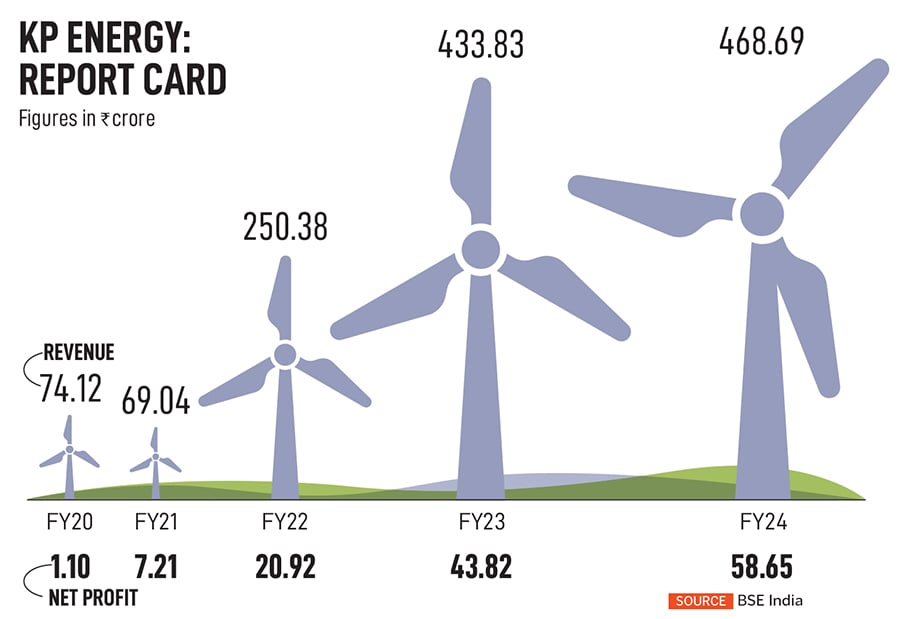
Ahead of the Vibrant Gujarat Summit held in January, KP Group signed two MoUs totalling Rs17,690 crore. As per an article in Moneycontrol, the first MoU proposed to invest Rs16,690 crore for 2,675 MW wind solar and hybrid power projects across Gujarat. The second MoU pledged an investment of Rs1,000 crore for developing the group’s first green hydrogen plant, which is expected to become operational next year. KPI Green Energy will do most of the heavy-lifting for these projects, followed by KP Energy and the new subsidiary focused on green hydrogen. Patel claims that the group has overall installed renewable energy capacities of around 1.3+ GW and has an order book of 3.33+ GW (solar, wind and hybrid), with a completion target by 2025. The group has over 2,686 acre of land around Gujarat, and has a solar and wind power evacuation capacity of more than 1,849 MW. Power evacuation refers to the ability to immediately transmit power from a generating plant to the grid for further transmission or distribution to load centres. The second generation of the family is also in the business. Patel’s son Affan is whole-time director at KP Energy, while second son Hassan is managing human resources at the KP Group. Son-in-law Moinul is leading KP Green Engineering. Patel says he is not driven by the desire to create wealth anymore, as he has already received a lot more than he could have imagined. “Instead, if I save a dollar for companies that would have otherwise spent it on coal, that would be a dollar saved for me,” he says.
(This story appears in the 20 September, 2024 issue of Forbes India. To visit our Archives, click here.)


